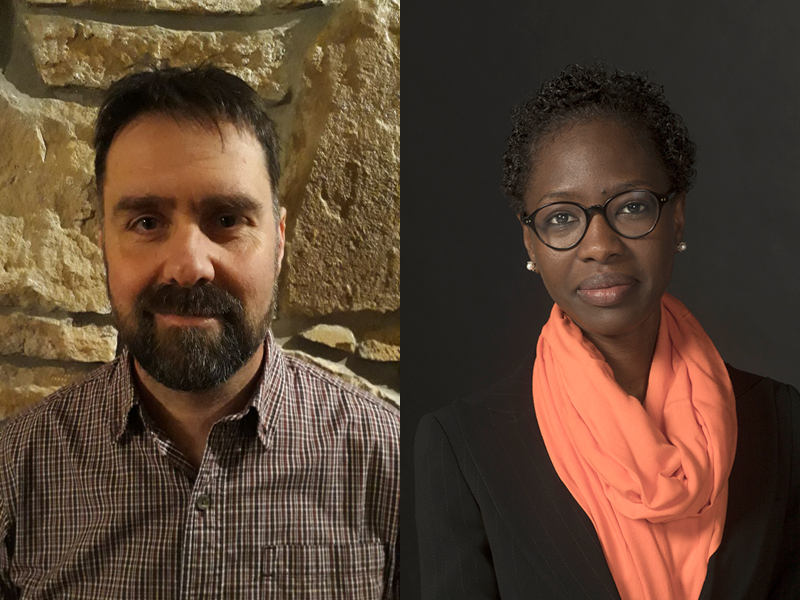Making an impact? – Mining’s Environment and Social Impact Assessment
Bruce Matheson FIMMM and Dr Penda Diallo at the Aluminium Stewardship Initiative ponder the relevance of Environment and Social Impact Assessment.

Over the last 40 years, there has been a realisation in both social and environmental science that a holistic approach is required when assessing the potential impact of planned projects on the environment and the communities within their sphere of influence. Everything is connected.
This has led to the former Environmental Impact Assessment (EIA) and Social Impact Assessment (SIA) being combined in the Environmental and Social Impact Assessments (ESIAs). While this, in principle, is a good thing and seemingly quite obvious, the question is have ESIAs simply become box-ticking exercises?
Assessment and management of environmental and social risks and impacts statements are required by projects to secure funding from most, if not all, international lending institutions for any new project/development/strategy – for example, a new mine, a new hydroelectric power plant, or even a new nature reserve. They aim to highlight the borrower's responsibilities for assessing, managing and monitoring environmental and social risks and impacts associated with each stage of a project.
This is typically done in a structured method to ensure that nothing is missed, and that the project achieves environmental and social outcomes consistent with the required standards. However, by making a formulated procedure, often disassociated from the local realities, problems tend to arise.
SIA and EIA reports often worked well and so ESIAs have a large role to fill to mitigate potential negative issues that can result from a project (mining or otherwise). In practice, the process of an ESIA does not always live up to this expectation. Several issues appear and here we aim to highlight three key issues, which, in our opinion, undermine the ability of ESIAs to fulfil their promise.
ESIA is often implemented in countries with both weak governance and institutional capacity to monitor the effective process and implementation of ESIA.
The International Finance Corporation, World Bank and lending bodies typically rely on trusted partners and international experts who often have limited knowledge of local, social and economic realities and language as a result.
Thirdly, local communities are often excluded from the effective participation of ESIAs.
These three issues lead to negative results for many projects. When this happens, it is often because ESIAs have become a tick-box exercise to please donors and lenders instead of an inclusive exercise that aims to effectively mitigate a project’s potential negative social and environmental impacts.
Furthermore, the limited government capacity to monitor the process and eventual implementation of ESIA leads to poor practices on the ground, which often lead to violation of human rights and negative environmental and social impacts once the project is implemented. Often projects are given the go-ahead without adequate and full life cycle plans being in place – for instance, many mining projects start with no closure plans.
The second issue is with hiring ‘experts’ without local knowledge creates space for ‘lost in translation’ moments, in terms of understanding some of the issues that are not visible to an outsider, including the exclusion of vulnerable groups and the capturing of ESIA consultation by local elites.
This exclusion leads to the third issue, where local and indigenous communities often find themselves excluded from ESIA. Consequently, projects sometimes start with no adequate plans for resettlement and lead to the destruction of local livelihoods with no adequate alternatives.
This is typical of the top-down, centralised policy development model often found today, which does not consider local priorities. As a result of these issues, many mining projects are still met with protests and clashes between local claims and business interests.
We believe that it is time for ESIA to move from becoming a tick-box exercise to a tool that effectively meets its original promise and contributes to responsible mining.
All stakeholders need to collaborate and ensure that the ESIA process is inclusive of all parties, as well as implement effective long-term plans that will ensure that future generations are not left only with the negative burden of mining activities on their land. It includes management plans that consider the whole project/mining cycle from exploration to closure. It is important to ensure that effective participation from local communities occurs during the ESIA process and the implementation of management plans.
Some organisations are already working to ensure that the above occurs, such as Transparency International and their work on verification of ESIAs, or The Intergovernmental Forum on Mining, Minerals, Metals and Sustainable Development (IGF), and the Mining ESIA Tool (MET).

